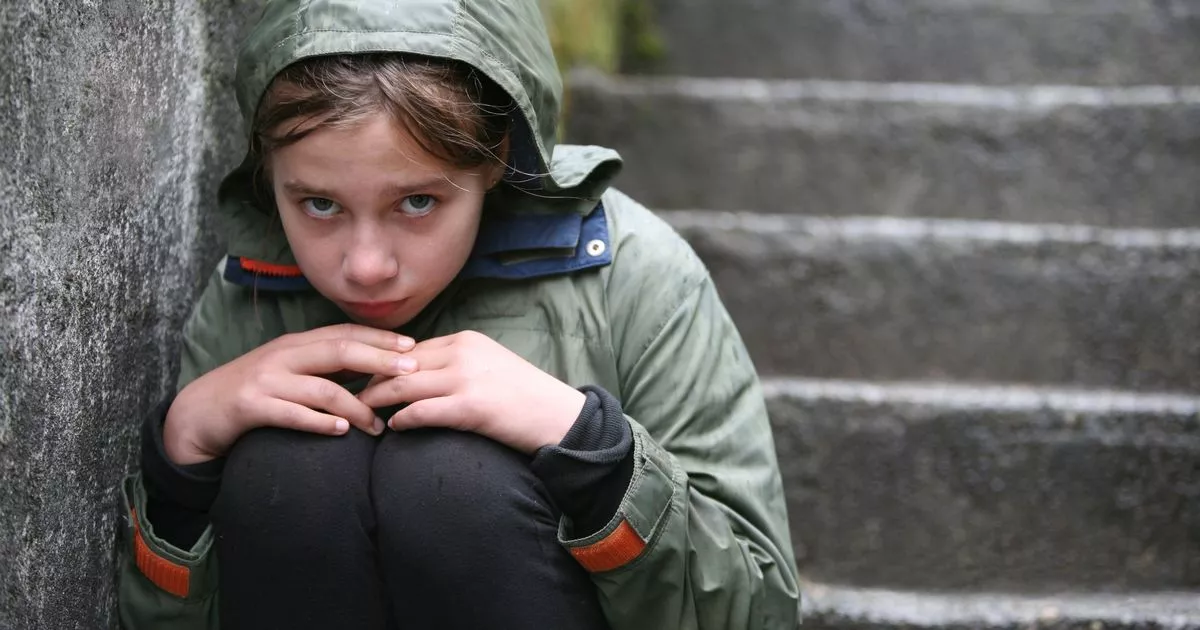Scotland has nearly 10,000 empty council houses, a figure that could potentially end child homelessness, yet these properties remain unoccupied. Edinburgh Council alone has over 1,200 vacant homes despite declaring a housing emergency.
Ewan Aitken from the homelessness charity Cyrenians criticized the situation, stating, “Void properties are a real waste of public resources and it’s tragic we got into this mess in the first place.” The Scottish National Party (SNP) and Green Party Government face intense pressure over a nearly £200 million cut to the affordable housing budget at a time when homelessness is on the rise.
Recent data shows over 20,000 applications for homelessness assistance and 9,860 children in temporary accommodation, marking an eight percent increase. While the Scottish Government bears much of the criticism, local councils are also under scrutiny for failing to utilize their available housing.

The Record asked all local authorities for their total number of ‘voids’—unoccupied council homes—in the previous month. Out of 32 councils, 30 responded, revealing a total of 9,766 voids. These can include homes awaiting re-letting, temporary accommodation, or houses marked for demolition and major works.
Aberdeen Council has the most voids, with over 2,400 vacant homes, followed by Edinburgh with 1,231. Renfrewshire has 1,137 voids, while Dundee has 542. Other councils with significant numbers of voids include Aberdeenshire (411), Angus (316), East Ayrshire (276), East Lothian (201), Falkirk (350), and Fife (322).
Renfrewshire Council noted that 616 of its voids are designated for demolition or sale due to regeneration plans. Meanwhile, Wheatley Homes, the largest provider in Glasgow, reported having just 66 voids.
Despite these numbers, many people, especially children, remain in temporary accommodation for extended periods. Maeve McGoldrick from the Crisis charity emphasized the need for councils to utilize their empty properties to address the growing problem of homelessness. “The best way to end homelessness is to prevent it from happening in the first place,” she said. She urged the government to pursue a comprehensive plan to ensure that those in temporary accommodation find a secure place to call home.
Alison Watson, director of Shelter Scotland, noted that reducing voids alone won’t solve the housing emergency. “It’s clear that everything possible must be done to get those homes back into use,” she said, citing the need for faster social housing delivery and better utilization of existing stock.
In a separate report, The Record revealed that a staggering 93,000 homes, including private dwellings, are empty across Scotland. A street in Ferguslie, Paisley, was described as looking like a “set from a war movie” by locals due to the derelict state of former council homes.
Labour MSP Mark Griffin criticized the government’s response, stating, “Scotland is in the grip of a housing emergency, and thousands of children are stuck in temporary accommodation, but the SNP-Green government is in denial.” He called for a comprehensive plan to both increase housebuilding and make better use of existing homes.
Scottish Liberal Democrat Paul McGarry echoed these sentiments, saying, “It’s appalling that the SNP and Greens are letting thousands of homes lie empty while thousands of children go from day to day without a secure roof over their heads.” He urged the government to take responsibility and ensure that everyone has a safe place to call home.
Councillor Maureen Chalmers from COSLA, a council umbrella group, mentioned that councils are working to reduce voids but face local challenges, such as utility companies not connecting properties quickly enough. She pointed out that while reducing voids could help some homeless people move into settled accommodation more rapidly, the chronic housing shortage in Scotland remains a significant barrier.







